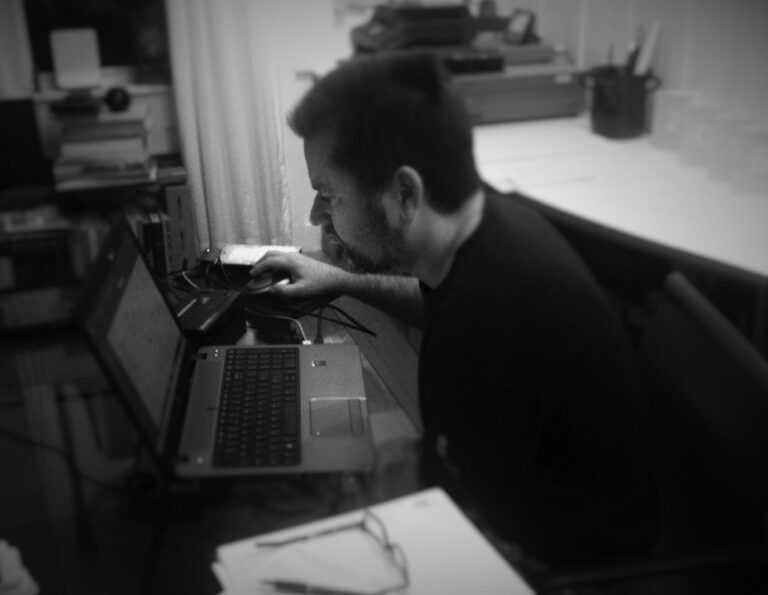DIY Carpentry Techniques: Mastering Basic Skills
allpaanel, cricket bet 99, lotus 365.win:DIY Carpentry Techniques: Mastering Basic Skills
Are you looking to enhance your carpentry skills and tackle more projects around your home? Whether you’re a beginner or have some experience, mastering basic carpentry techniques is essential for any DIY enthusiast. By learning the fundamentals of woodworking, you can save money by completing projects yourself and take pride in the workmanship of your creations. In this blog post, we will cover the essential skills and techniques you need to become a master carpenter.
Getting Started: Tools and Materials
Before you can start honing your carpentry skills, you’ll need to gather the necessary tools and materials. Essential tools for carpentry include a hammer, tape measure, saws (such as a circular saw and a hand saw), chisels, and screwdrivers. Additionally, you’ll need materials like wood, nails, screws, and wood glue. Investing in quality tools will make your projects easier and ensure a better outcome.
Measuring and Marking
Accurate measurements are crucial in carpentry to ensure that your pieces fit together properly. Use a tape measure to measure the dimensions of your wood and mark them with a pencil. Always measure twice before cutting to avoid errors. For more precise measurements, consider using a combination square or a measuring jig. Learning how to measure and mark accurately will set the foundation for a successful project.
Cutting Techniques
Once you’ve measured and marked your wood, it’s time to make your cuts. There are various cutting techniques you can use, depending on the tool you have available. A circular saw is great for making straight cuts, while a hand saw is useful for more detailed work. When cutting wood, always wear safety glasses and follow proper techniques to avoid injury. Practice cutting on scrap wood before moving on to your actual project to improve your skills.
Joinery Methods
Joinery refers to the methods used to connect pieces of wood together. Common joinery techniques include butt joints, lap joints, dovetail joints, and mortise and tenon joints. Each method has its own strengths and weaknesses, so it’s essential to choose the right one for your project. Practice different joinery techniques to expand your skills and create stronger, more durable connections in your woodworking projects.
Finishing Touches
The finishing touches can make or break your carpentry project. Sanding your wood smooth before applying a finish will ensure a professional-looking result. There are various finishes you can use, such as paint, stain, or varnish, depending on the look you want to achieve. Take your time with the finishing process to create a polished final product that you can be proud of.
Troubleshooting Common Issues
Even the most experienced carpenters encounter problems from time to time. Whether it’s a misaligned cut, a loose joint, or a finish that’s not quite right, knowing how to troubleshoot common issues is essential. Take the time to assess the problem and determine the best course of action to fix it. Learning from your mistakes will help you improve your skills and become a more proficient carpenter.
Advanced Techniques
Once you’ve mastered the basic skills of carpentry, you can start exploring more advanced techniques. These may include making curved cuts, creating intricate wood joints, or building complex furniture pieces. The key to mastering advanced techniques is practice and patience. Don’t be afraid to challenge yourself with new projects that push your skills to the next level.
FAQs
Q: What tools do I need to get started with carpentry?
A: Essential tools for carpentry include a hammer, tape measure, saws, chisels, screwdrivers, and more.
Q: How can I improve my measuring and marking skills?
A: Practice measuring and marking on scrap wood before moving on to your project to improve your accuracy.
Q: What are some common joinery methods used in carpentry?
A: Common joinery methods include butt joints, lap joints, dovetail joints, and mortise and tenon joints.
Q: How can I troubleshoot common issues in carpentry projects?
A: Take the time to assess the problem and determine the best course of action to fix it, learning from your mistakes.
In conclusion, mastering basic carpentry techniques is a rewarding and fulfilling endeavor. By learning essential skills like measuring, cutting, joinery, and finishing, you can take your DIY projects to the next level. Remember to practice regularly, be patient with yourself, and don’t be afraid to tackle new challenges. With dedication and perseverance, you can become a master carpenter in no time. Happy woodworking!







